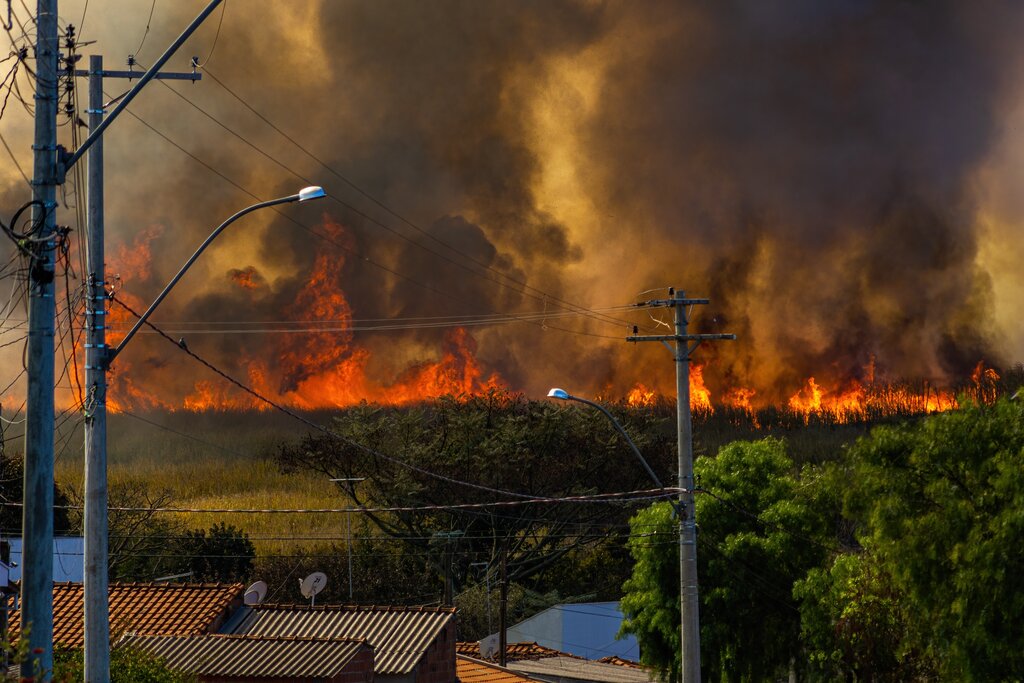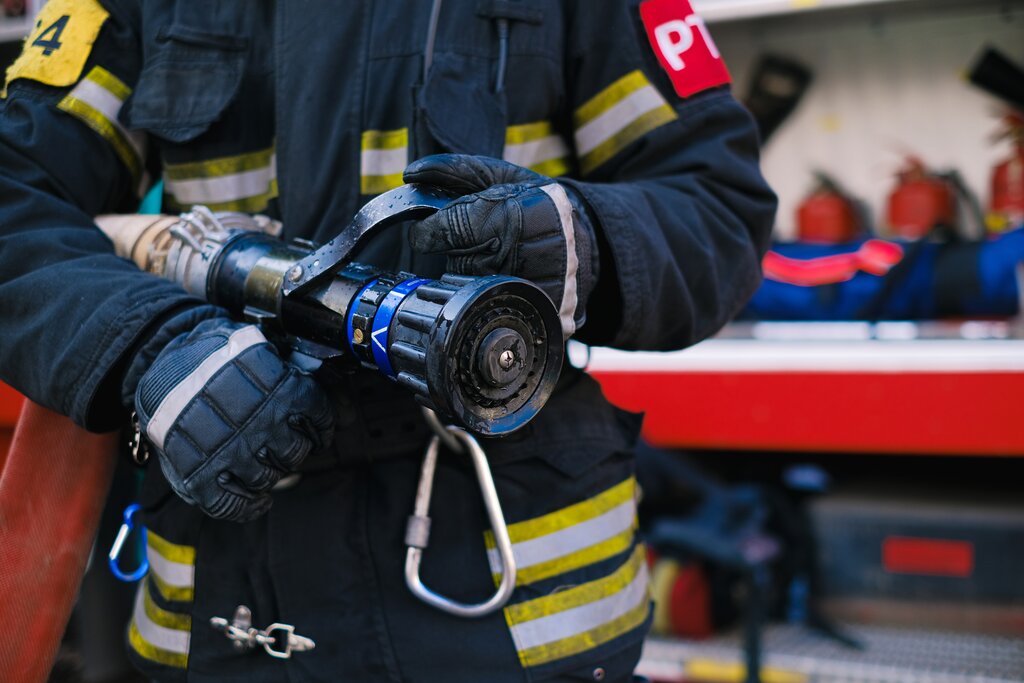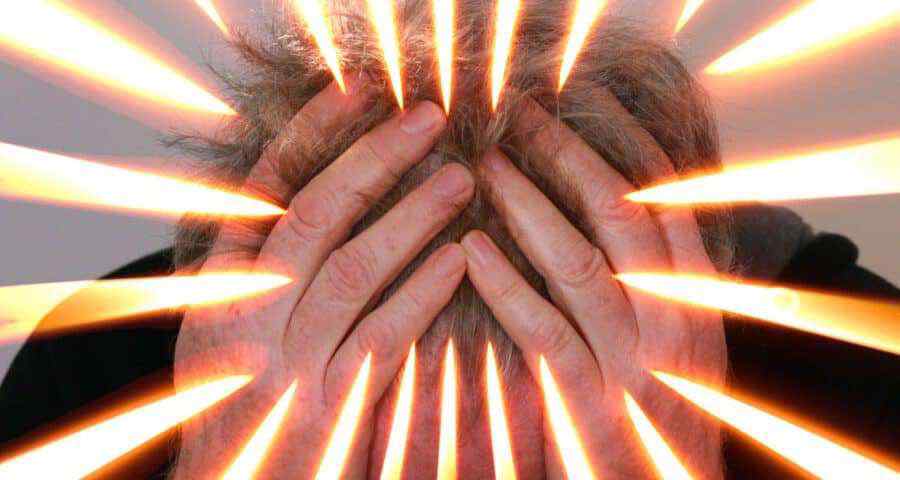
Left Untreated, Trauma of Wildfire Can Lead to PTSD
“You cannot imagine what it’s like, and I’m one of the lucky ones.”
Sixty-eight-year-old Klyda Flanders was one of thousands who were forced to evacuate their Paradise homes last fall in California’s deadliest wildfire. At least 85 people perished in that blaze, and almost 14,000 homes were destroyed.
This unprecedented destruction has brought unprecedented trauma.
For many of the survivors, recovering from that harrowing ordeal will require much more than replacing physical items. It can take years to heal the mental trauma and illness that typically accompanies the material hardship of surviving a wildfire.
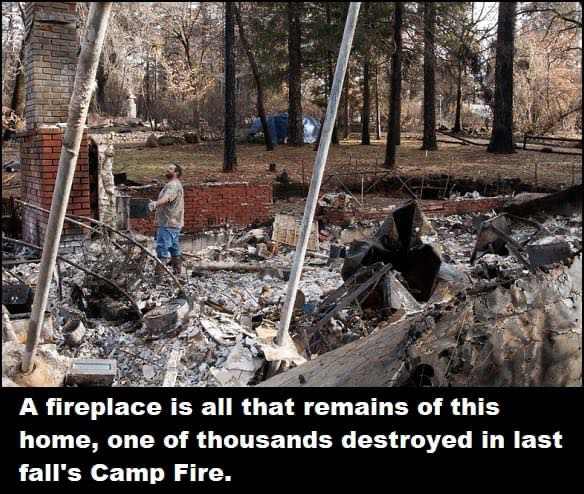
After the Fire
Fear, anxiety, sleeplessness or shallow breathing are all typical symptoms experienced after the trauma of a wildfire. Usually, these symptoms are transient — and even healthy, natural responses to danger. They’re part of your body’s survival mechanism.
The trouble occurs when the brain keeps kicking into survival mode, even when there is no immediate danger. If left unchecked, continuing symptoms can develop into PTSD.
Post-Traumatic Stress Disorder
Post-Traumatic Stress Disorder (PTSD) is often associated with military veterans and domestic abuse victims. But it can happen to anyone who experiences an extreme amount of stress that overwhelms their coping skills.
For instance, a recent study by Irva Hertz-Picciotto, director of environmental health sciences at UC Davis, indicated that about 60 percent of wildfire survivors experience increased anxiety and stress, the precursors to PTSD.
But without first-hand experience, few of us can fully understand the panic, fear and uncertainty of fleeing your home due to something completely out of your control.
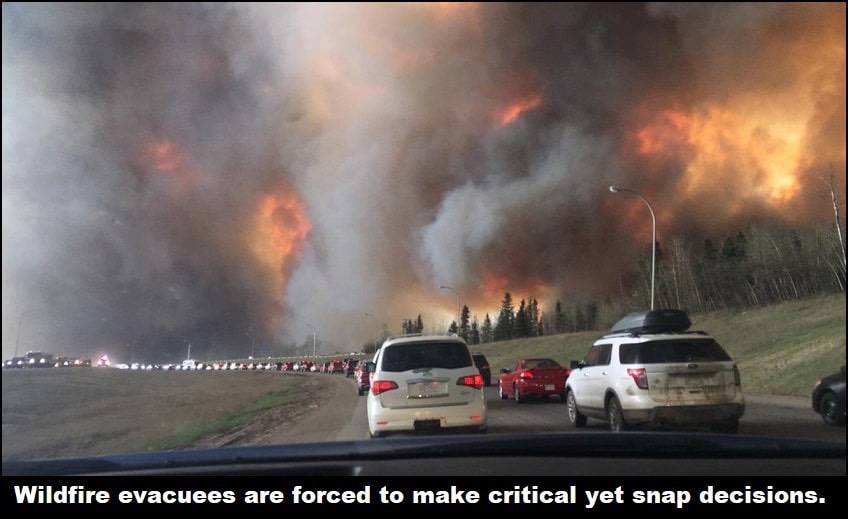
According to the U.S. Department of Veterans Affairs, wildfires are particularly traumatic because of their unpredictability. They spread quickly — affecting large areas — and evacuations occur with short notice. As a result, wildfires force residents to make crucial yet snap decisions regarding their well-being and safety.
–Article Continues Below–

Initial PTSD Symptoms
Caroline Giroux is a Sacramento-based psychiatrist who specializes in trauma. She says the first symptoms many victims exhibit are shock and “dissociation” (a feeling of being disconnected from oneself). Some may also experience irritability, depression or anxiety.
Often, Giroux says, trauma victims will fixate on the worst possible scenario of what could have happened, but didn’t. They’ll then replay that scenario over and over in their minds.
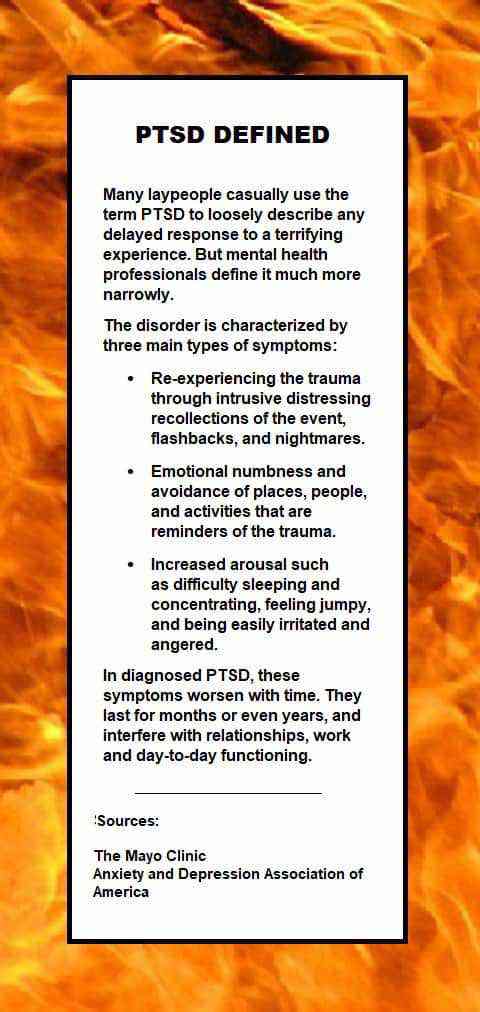
Recovering from these initial symptoms could take six to 12 months, even with treatment. But if these symptoms are not treated immediately, the recovery time could take much longer, according to Regardt Ferreiri, professor at the Tulane School of Social Work in New Orleans.
“You might be going on autopilot for months or even years,” Ferreiri said. Then some trigger—such as a smell or a sound—brings back a flood of traumatic memories. That’s when the PTSD kicks in.
What To Do
If you’ve recently experienced the trauma of wildfire, what can you do to prevent PTSD? The professionals at Aurora Santa Rosa Hospital, a California mental health treatment center, recommend a proactive approach. And while there is no “right way” to address PTSD symptoms, they suggest the following:
- Focus on keeping up with your daily routine.
- Turn off the T.V. and avoid news coverage.
- Reach out to people you trust for support.
- Consider signing up for volunteer efforts.
- Find a local support group. (The National Alliance on Mental Health can help.)
- Contact a mental health facility in your area for inpatient or outpatient treatment options.
Of course, not everyone who experiences a traumatic event such as a wildfire will develop PTSD. The disorder affects about 8 percent of the total U.S. population.
But for those 8 percent, it can be a life-changer:
Sources:
Featured Image: Pixabay

